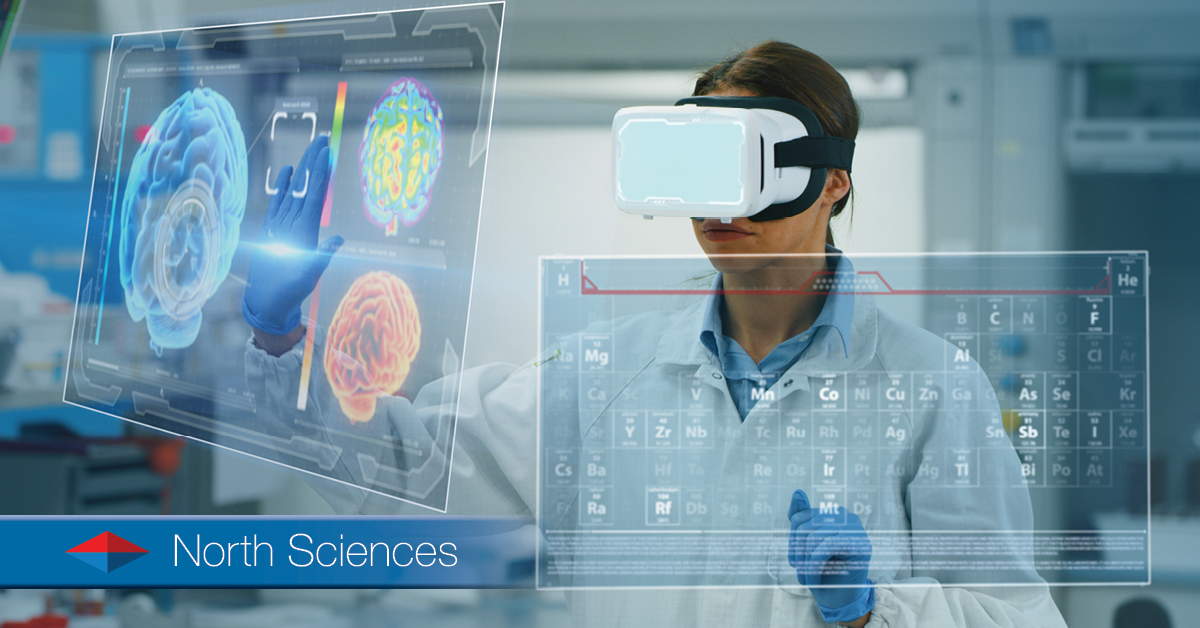How VR Can Make ULT Freezers Even Cooler

3 Ways VR and AR Can Make ULT Freezers Cooler
Ultralow temperature (ULT) freezers produce very cold temperatures of up to -86º C. Now, with the technologies of virtual reality (VR) and augmented reality (AR), ULT freezers can be even cooler.
No, not in terms of temperature. “Cooler” here is figurative. VR and AR can make the use of ULT freezers a lot more exciting, and they open up a whole new world of possibilities in the lab.
Here are three ways VR and AR technology can make ULT freezers proverbially cooler.
Easier on-site servicing and technical assistance
Typically, when a ULT freezer fails, you do either of two things:
- Call a technician from the manufacturer to service the broken freezer in the lab
- Send the failing freezer to an authorized service provider for repair
While these are good options to ensure top quality repair work, authorized repair can take time and cost a lot. It would be a lot better if the very people in your lab can do the fixing themselves.
That’s where VR comes in. Virtual reality can help train lab personnel to repair ULT freezer faults themselves. Manufacturers can run training programs remotely and guide your lab personnel through a VR module. It’s as if they’re experiencing the repair themselves, but they are not handling actual equipment. If they make mistakes, no actual damage will be done.
Manufacturers can even perform real-time walkthroughs of servicing procedures through AR. Your lab personnel can use either their phones or specially-designed AR visors to follow visual and auditory instructions. These instructions will come straight from the manufacturer and given in real time. Your lab personnel can easily follow along, doing the repairs themselves while being remotely guided.
More accurate selection of freezers before purchasing
A typical problem when buying ULT freezers is finding out if they will fit your lab. Are the doors big enough for the freezer to go through? Will the space leave enough room for ventilation? These considerations can make choosing a ULT freezer much harder than it should be.
But AR can change that. You can project a virtual model of the freezer on your lab space to find out if it fits. Thus, you can be sure that the freezer you are about to purchase is appropriate for the space available in your lab.
Interactive and safe training for new personnel
Lab interns, undergraduates, and new lab technicians can be better oriented with the proper use and maintenance of ULT freezers through VR. New personnel can play around with virtual models of freezers used in the lab and learn how to operate them properly in the virtual world. Thus, if they mishandle anything, no real damage will be done on actual equipment.
VR and AR will continue to revolutionize the world of scientific research, including how we interact with ULT freezers. The future holds a lot of promising possibilities.


